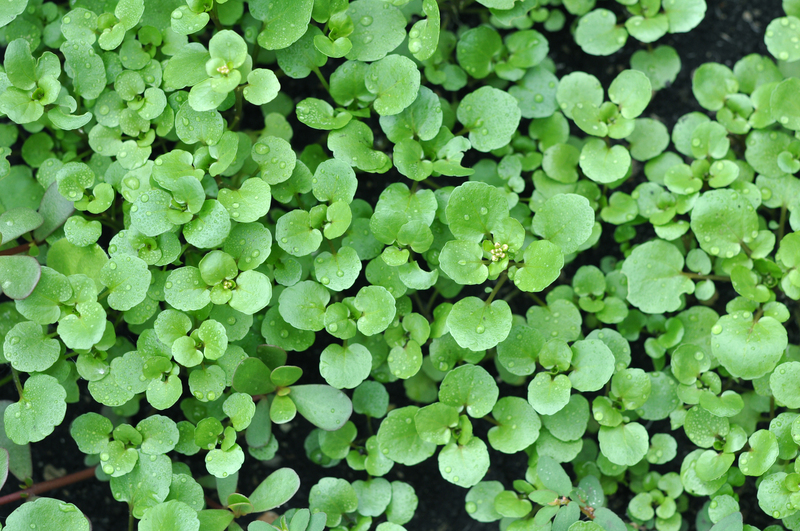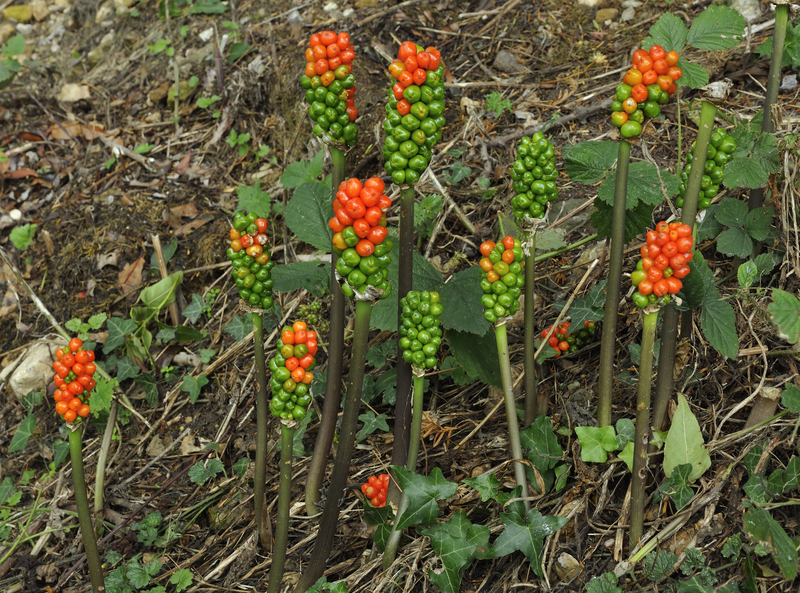Autumn Garden Planting Tips
Posted on 22/09/2024
As the sweltering days of summer give way to the crisp, cool air of autumn, gardeners everywhere look forward to the opportunity to prepare their gardens for the changing seasons. Autumn is a time of transformation, not just for the natural world but for your garden as well. Whether you're an experienced gardener or just starting out, autumn provides a unique window to plant and prepare for the coming year. Here are some comprehensive autumn garden planting tips to get the most out of this season.
Why Autumn is Ideal for Planting
Many people associate planting with the spring, but autumn offers several advantages that make it an ideal season for specific plantings.
Cooler Temperatures: The cooler temperatures of autumn reduce stress on newly planted seedlings and mature plants. This environment is less harsh than the hot summer months, leading to a more favorable growth period.
Ample Moisture: Autumn often brings a significant amount of rain. This natural irrigation helps plants establish strong root systems, essential for long-term health.
Less Pest and Disease Pressure: Many of the pests and diseases that plague gardens in the summer months are less active in the cooler autumn weather.

Plants Perfect for Autumn
When thinking about autumn planting, consider both vegetables and ornamentals that will thrive in cooler temperatures.
Vegetables: Hardy vegetables such as kale, Brussels sprouts, carrots, and radishes are perfect for the autumn garden. These crops can withstand frost and some even improve in flavor after a light frost.
Flowers: Mums, pansies, and asters are great choices that can provide vibrant color in your garden throughout the autumn months. These flowers are frost-tolerant and can bring a pop of color as other plants start to fade.
Trees and Shrubs: Autumn is also an excellent time to plant trees and shrubs. Oaks, maples, and evergreens adapt well when planted in the fall, establishing their roots before the winter.
Preparing the Soil
Preparing your garden soil in autumn can make a significant difference in the health and productivity of your plants.
Test Your Soil: Before any planting, test your soil to check its pH and nutrient levels. Many garden centers offer testing kits, or you can send a sample to a local extension office for more detailed analysis.
Add Organic Matter: Once you know what your soil needs, amend it with organic matter such as compost or well-rotted manure. This will improve soil structure, aeration, and moisture retention.
Mulching: Mulch helps retain moisture, suppress weeds, and maintain an even temperature around plant roots. A layer of organic mulch, like straw or wood chips, can protect your plants as temperatures fluctuate.
Planting Techniques
Proper planting techniques are crucial for ensuring that your autumn garden thrives.
Plant at the Right Depth: Make sure to plant seeds and transplants at the depth recommended on the seed packet or plant label. Planting too deep or too shallow can hinder growth.
Spacing: Give plants adequate space to grow. Overcrowding can lead to competition for nutrients and light, which may stunt growth.
Watering Wisdom: Newly planted seeds and transplants need consistent moisture to establish roots. Make sure to water deeply and less frequently to encourage the roots to grow down rather than staying near the surface.
Harvesting and Maintenance
Harvesting Techniques
: Timely and appropriate harvesting is essential for both vegetables and flowers. For vegetables, harvest them before they fully mature to get the best taste and texture. For flowers, deadheading - the practice of removing faded blooms - will encourage more blooming.
Regular Inspection: Check your garden regularly for signs of pests or diseases. Early detection can prevent the spread and save your plants. Use organic or least-toxic solutions to manage any infestations.
Weeding: Keep the garden weed-free. Weeds compete with your plants for nutrients, water, and light. Mulching can also help in suppressing unwanted weeds.
Extending the Growing Season
Autumn's challenges are part of its charm, and with a few simple techniques, you can extend your growing season.
Use Cold Frames and Row Covers: Cold frames and row covers can provide extra warmth and protection, giving you a few more weeks of growing time. They work by trapping heat and protecting plants from frost.
Choose Cold-Tolerant Varieties: Selecting frost-resistant plants and varieties is another way to extend your growing season. Crops like spinach and kale can continue to grow well into late autumn.
Succession Planting: Make the most out of autumn by using succession planting techniques. This means planting a second crop in the space where the first one was harvested, allowing for multiple harvests in one season.

Autumn Garden Cleanup
Once your plants have finished their growing cycle, it's time for a thorough cleanup.
Remove Plant Debris: Clear away dead plants and leaves to prevent disease and insect problems in the following spring.
Composting: Turn plant debris into compost. Composting enriches the soil, helping to create a fertile environment for your plants next year.
Tool Maintenance: Clean and store your garden tools properly. Sharpen blades and oil moving parts to extend the life of your tools.
Final Thoughts
Autumn offers a last hurrah for the gardening year, a final chance to plant, nurture, and savor the fruits of your labor before winter sets in. With careful planning, the right techniques, and a bit of hard work, you can enjoy a flourishing garden right up until the first frost.
Remember, gardening is a year-round activity. The work you put in now will pay off next spring when your garden bursts back to life. As you follow these autumn garden planting tips, you'll ensure a healthy, beautiful, and productive garden for seasons to come.
Incorporate these practices into your autumn gardening routine and discover the joys and rewards of fall planting. Whether you are growing vegetables, flowers, trees, or shrubs, there is always something new to learn and enjoy. So put on your gardening gloves, grab a rake, and dive into the wonderful world of autumn gardening!



